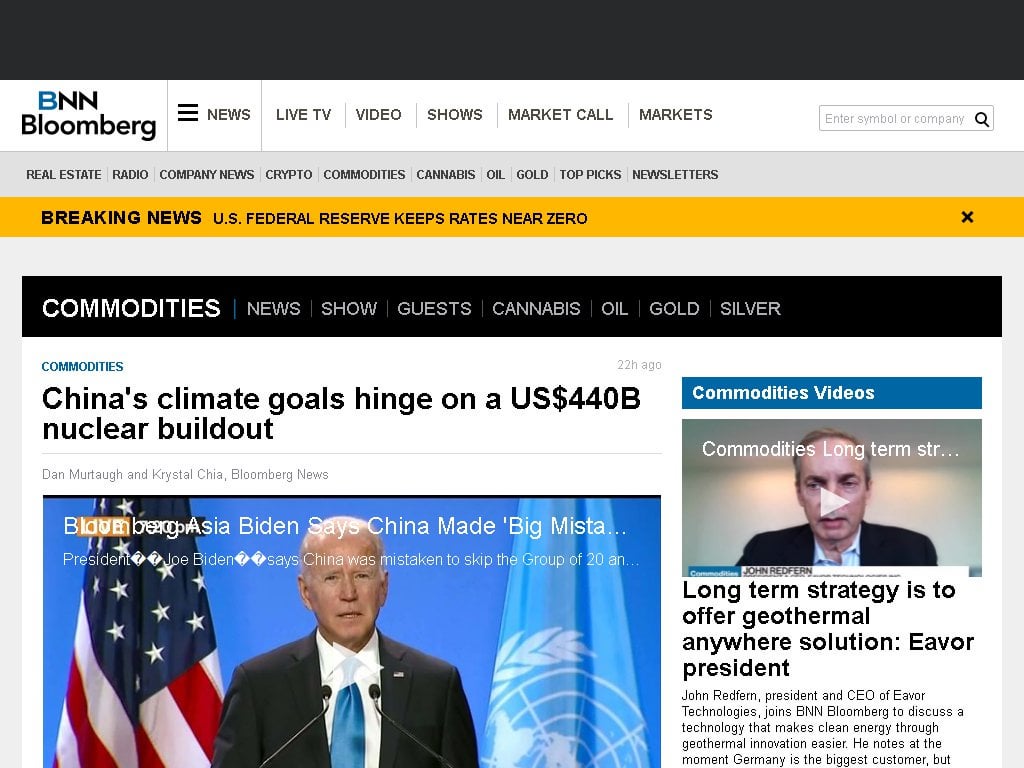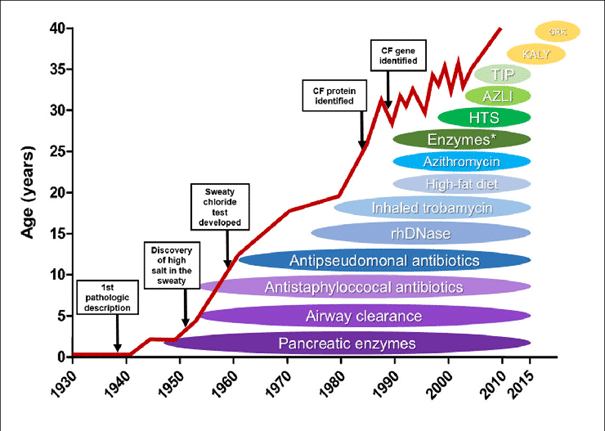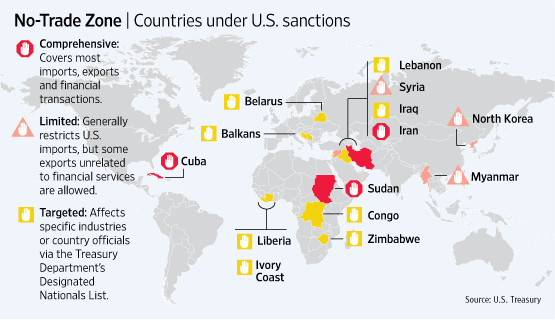Resistance Grows: Car Dealerships Oppose EV Quotas

Table of Contents
Financial Burden of EV Quota Compliance
Dealerships face substantial financial burdens in complying with mandatory EV quotas. The transition requires significant upfront investments and adjustments to their existing business models, potentially impacting profitability and long-term viability.
High Initial Investment Costs
Adapting to the EV market requires substantial capital expenditure. Dealerships must invest in:
- Specialized EV charging infrastructure: Installing fast chargers and upgrading electrical systems represent a considerable cost, particularly for larger dealerships. The cost varies greatly depending on location, infrastructure requirements, and the number of chargers installed.
- Technician training for EV repair and maintenance: EVs require specialized tools and training to service and repair, necessitating investment in training programs for existing technicians and potentially hiring new, specialized staff. This represents a significant ongoing expense.
- Inventory adjustments to accommodate a greater proportion of EVs: Maintaining sufficient inventory of EVs to meet quotas requires dealerships to tie up significant capital in vehicles with potentially lower profit margins compared to gasoline-powered cars. This increased inventory risk can strain even well-established dealerships.
Reduced Profit Margins on EVs
Currently, the profit margins on EVs are often lower than on gasoline-powered vehicles. This is due to a variety of factors, including higher manufacturing costs, increased competition, and potentially lower pricing strategies to incentivize EV adoption. Meeting EV quotas under these circumstances could significantly impact dealership profitability.
Lack of Consumer Demand in Certain Markets
In many rural and suburban areas, consumer demand for EVs remains relatively low due to factors like limited charging infrastructure, range anxiety, and higher initial purchase prices. Forcing dealerships in these areas to meet stringent EV quotas can lead to substantial inventory losses and financial strain.
- Many dealerships lack the financial resources to rapidly adapt to the EV market, especially smaller, independent dealerships.
- Government support for dealership transitions, while available in some regions, is often insufficient to cover the full cost of adaptation.
- Dealerships worry about being penalized for failing to meet unrealistic quotas, particularly when market demand doesn't support the mandated levels.
Challenges in EV Infrastructure and Consumer Readiness
The successful implementation of EV quotas relies on robust supporting infrastructure and a consumer base ready to embrace electric vehicles. Currently, several significant challenges remain.
Insufficient Charging Infrastructure
The widespread adoption of EVs requires a comprehensive network of public charging stations. However, the current charging infrastructure in many regions is insufficient to support a significant increase in EV ownership. This "range anxiety" significantly impacts consumer confidence.
Range Anxiety and Charging Time Concerns
Consumer concerns about EV range and charging times persist. While EV technology is rapidly improving, longer charging times compared to refueling gasoline vehicles and anxieties about running out of charge remain significant barriers to adoption, especially for long-distance travel.
Lack of Consumer Awareness and Education
Many consumers remain unfamiliar with the benefits and features of EVs. Effective consumer education initiatives are critical to dispel misconceptions and promote wider adoption. This includes educating consumers on charging options, government incentives, and the long-term cost savings of EV ownership.
- Limited access to fast charging stations hampers long-distance EV travel, limiting the practicality of EVs for many consumers.
- Targeted consumer education initiatives are crucial to address misconceptions and highlight the advantages of EVs over gasoline-powered vehicles.
- Inadequate government investment in charging infrastructure is a major obstacle to the wider adoption of EVs and successful implementation of EV quotas.
Impacts on Dealership Workforce and Expertise
The transition to EVs will significantly impact the workforce and expertise required within car dealerships.
Need for Specialized Technicians
Maintaining and repairing EVs requires specialized knowledge and training beyond that of traditional internal combustion engine (ICE) mechanics. Dealerships need to invest in training programs for their existing workforce or hire new technicians with EV expertise.
Potential Job Displacement
The shift towards EVs may lead to job displacement for mechanics specializing in ICE vehicles. While new jobs will be created in EV maintenance, the transition necessitates careful planning to minimize job losses and ensure a smooth shift in skills within the workforce.
Restructuring of Service Departments
Dealerships need to restructure their service departments to accommodate the specific needs of EV maintenance. This may involve reorganizing workflows, investing in new tools and equipment, and adapting service processes.
- Training programs for EV technicians are essential but require significant investment from both dealerships and potentially government support.
- Government initiatives to support workforce retraining and create opportunities for transitioning to EV-related jobs are crucial to mitigating the negative impacts on the workforce.
- Dealerships face uncertainty about the long-term job market implications of EV adoption, requiring proactive planning and potential collaboration with government agencies for workforce transition support.
Conclusion
The opposition to mandatory EV quotas from car dealerships highlights the complex challenges involved in a rapid transition to electric vehicles. Financial burdens, inadequate infrastructure, consumer readiness issues, and workforce adjustments all contribute to the resistance. Addressing these concerns through targeted government support, consumer education, and a more gradual implementation of EV quotas is essential to ensure a successful and equitable transition. Ignoring the concerns of car dealerships in the face of growing opposition to EV quotas will only hinder the broader adoption of electric vehicles. Collaboration and a balanced approach are crucial to navigating this critical shift in the automotive industry. We need a realistic plan that considers the concerns of all stakeholders to successfully achieve the transition to a greener future and avoid further resistance to electric vehicle quotas. A phased approach, combined with significant investment in charging infrastructure and workforce retraining, is vital for a successful transition to a future dominated by electric vehicles.

Featured Posts
-
 China Greenlights 10 New Nuclear Reactors
Apr 29, 2025
China Greenlights 10 New Nuclear Reactors
Apr 29, 2025 -
 New Business Hotspots Across The Country A Comprehensive Map And Analysis
Apr 29, 2025
New Business Hotspots Across The Country A Comprehensive Map And Analysis
Apr 29, 2025 -
 Can Film Tax Credits Boost Minnesotas Film And Tv Industry
Apr 29, 2025
Can Film Tax Credits Boost Minnesotas Film And Tv Industry
Apr 29, 2025 -
 Adhd De Impact Op De Levensverwachting Bij Volwassenen
Apr 29, 2025
Adhd De Impact Op De Levensverwachting Bij Volwassenen
Apr 29, 2025 -
 Us Stock Market Surge Tech Giants Tesla In The Lead
Apr 29, 2025
Us Stock Market Surge Tech Giants Tesla In The Lead
Apr 29, 2025
Latest Posts
-
 Improving Cross Border Crime Fighting Strategies And Challenges
May 13, 2025
Improving Cross Border Crime Fighting Strategies And Challenges
May 13, 2025 -
 Strengthening Cross Border Cooperation To Fight Crime Effectively
May 13, 2025
Strengthening Cross Border Cooperation To Fight Crime Effectively
May 13, 2025 -
 Cross Border Mechanisms For Combating Crime A Comprehensive Overview
May 13, 2025
Cross Border Mechanisms For Combating Crime A Comprehensive Overview
May 13, 2025 -
 The Uk And Australias Response To The Myanmar Crisis A Case Of Selective Justice
May 13, 2025
The Uk And Australias Response To The Myanmar Crisis A Case Of Selective Justice
May 13, 2025 -
 Britain And Australia A Critical Analysis Of Their Myanmar Sanctions Policy
May 13, 2025
Britain And Australia A Critical Analysis Of Their Myanmar Sanctions Policy
May 13, 2025
